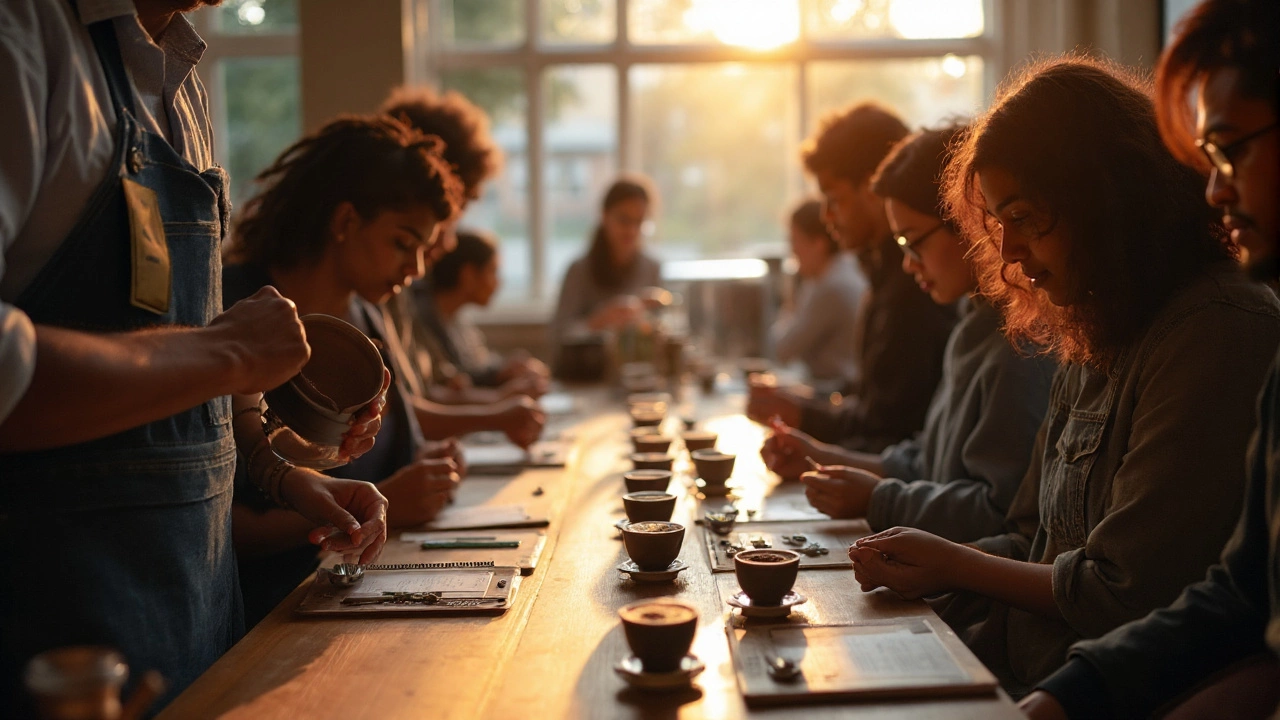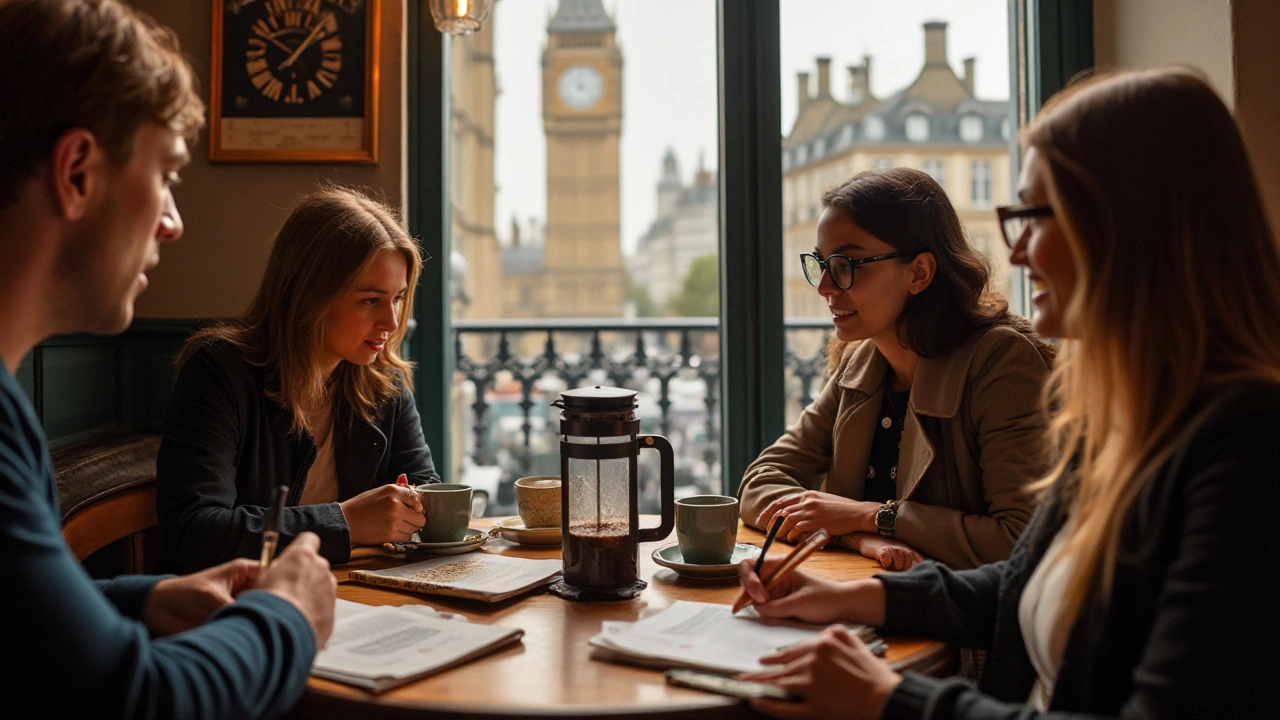Coffee Tasting: Simple Tips, Fun Reviews, and the Starbucks Coffee Passport
Ever wondered why a cup of coffee can taste so different from one shop to another? The answer lies in tasting – a few quick steps can turn any brew into a mini adventure. Let’s break it down so you can start picking out flavours like a pro, no fancy training required.
Getting Started with Coffee Tasting
First, look at the coffee. A clear, bright liquid usually means a clean brew, while cloudiness can hint at oils or over‑extraction. Next, bring the cup close and inhale. Your nose picks up the biggest clues – think fruit, chocolate, nuts, or even spice. Take a small sip, let it roll over your tongue, and notice the body (light or heavy) and the finish (short or lingering). Jot down a few words for each step; you’ll be surprised how patterns start to appear.
Keeping notes is easier than you think. Use a simple three‑column table: Aroma, Taste, Aftertaste. If you want a visual aid, grab a coffee flavor wheel – it shows common notes like citrus, caramel, or floral. Match what you smell and taste to the wheel and you’ll build a personal flavour map in no time.
Making the Most of the Starbucks Coffee Passport
The Starbucks Coffee Passport takes the tasting game up a notch. It’s a small booklet where you stamp each new drink you try, write a quick rating, and record key flavours. The passport also includes brief descriptions of each blend, so you can see how the brand’s beans differ across regions. By the end of the year, you’ll have a printable record of your coffee journey and a sharper palate.
Here’s a quick way to use it: pick three Starbucks drinks you’ve never had – perhaps a single‑origin pour‑over, a seasonal latte, and a cold brew. Follow the look‑smell‑sip routine, then stamp the page and add a line about what stood out. Over time you’ll notice which roast levels you prefer and which flavor notes keep showing up.
Setting up a tasting session at home is simple. Brew two or three different coffees side by side – use the same water temperature and grind size for consistency. Serve them in identical cups, label each, and taste them in a specific order (lightest to darkest works well). Compare the notes you wrote earlier and discuss them with a friend or on a forum. The conversation often brings out details you missed on your own.
Don’t forget food pairings. A bright, citrusy coffee shines with a slice of lemon pound cake, while a deep, chocolaty brew pairs beautifully with dark chocolate or a hearty breakfast sandwich. Trying a few combos can highlight hidden layers in both the drink and the food.
Avoid common pitfalls: staring at the cup for too long, drinking too quickly, or using a strong-smelling snack that masks the coffee’s aroma. Also, remember that your palate changes throughout the day – schedule tastings when you’re not too hungry or overly full.
Ready to level up your coffee game? Grab a notebook or the Starbucks Coffee Passport, pick a few beans you’ve never tried, and start the tasting ritual tonight. Keep exploring, keep writing notes, and you’ll soon be the go‑to coffee geek in your circle.
Yes-coffee tastings are real. Here’s what they are, how they work, where to find them, and how to run a cupping at home with pro tips, costs, and etiquette.
View DetailsThe Starbucks Coffee Passport is a fascinating way for coffee enthusiasts to explore the diverse world of coffee offered by Starbucks. This program allows participants to track their coffee tasting journey, providing a tangible keepsake of their experiences. From understanding flavor profiles to enhancing brewing techniques, the Coffee Passport invites coffee lovers to deepen their appreciation and knowledge. The passport includes tasting notes and encourages exploration of Starbucks' rich coffee legacy. It’s a must-have for anyone looking to broaden their coffee palate.
View Details


